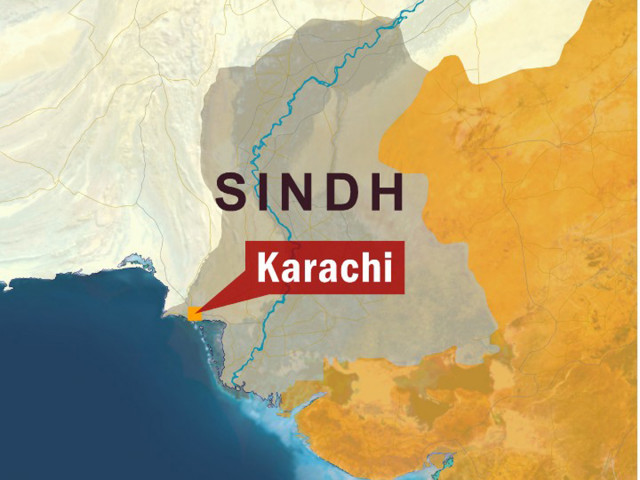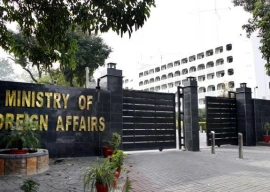
“We have observed over the years that crime in general, and especially kidnapping-for-ransom cases, increase manifold just days before and during Ramazan,” says SSP Anti Violent Crime Cell Abdullah Sheikh.
The claim is backed by Citizen Police Liaison Committee (CPLC) chief Ahmed Chinoy. “People should take special precautions during this time,” Chinoy says.
According to Sheikh, one of the main reasons for the increase in crime during the period is that “even criminals have to prepare for Eid.” He added that the police force is aware of the threat and will make efforts to nab the gangs.
Resources
Fourteen such gangs have been busted so far this year. But Chinoy admits that “the police efforts can become much more effective if they are provided with better equipment and facilities.” For instance, police should be given the technology to trace the locations from where mobile phone calls are made. At the moment, they have to rely on intelligence agencies for this information and they claim that it hampers their efforts in solving cases.
Militant groups or criminal networks
It is a myth that militant groups are behind all kidnapping-for-ransom cases in the city, Sheikh says. “They are numerous organised networks of kidnappers operating in the city and the majority of them have no affiliation with any militant group.”
Most of these criminals have bases in interior Sindh and Balochistan, according to the police official. “For example, a gang run by criminal Mashrooq Grohi kidnaps people from Karachi and takes them to interior Sindh, while another run by criminal Bruda Brohi takes victims to their hideouts in Balochistan and demands ransom from there.”
However, that is not to say that militant groups are carrying out kidnappings. One case in which an al Qaeda affiliated North Waziristan-based group was involved was that of the kidnapping of film distributor Satish Anand who was abducted from Karachi, informs an official on condition of anonymity.
“There is one major difference between kidnappings carried out by organised crime networks and terrorist groups. A person who is kidnapped by a terrorist group takes a lot of time to recover. The issue is mostly settling the ransom amount. Such groups usually demand ransom in foreign currency, particularly in dollars,” the official says. Anand was released after five months in captivity, reportedly after payment of ransom. Those kidnapped by non-militant groups usually return home within four to six weeks.
Facts and figures
According to police records and CPLC data, 64 cases of kidnappings for ransom have taken place in Karachi since January. Out of these, three took place in August, two of them from Gadap Town. Seven reported cases have taken place since July 18, which includes the case of 24-year-old Farooq Ali, who was kidnapped from Clifton. None of the seven have been recovered so far. In addition, three people kidnapped prior to July have also not been recovered. Master Muhammad Hussain, kidnapped on March 24 from PIB Colony, has still not been recovered.
The victims are almost always men. Former chief of the CPLC and current board member Sharfuddin Memon says one reason could be that “although it may be easier to kidnap women, it’s difficult to hold them in captivity for long periods.”
Memon says women are mostly held up for shorter periods of time. “For example, a criminal may hold up a woman in a car, rob her jewellery and cash, and then let her go.”
Memon also feels it is possible that such kidnappings, which are usually resolved within 24 hours, go unreported. “But all other cases, which apparently last longer, are reported either to the CPLC or the police.” In 17 of the 64 cases this year, the victim’s families did not lodge an FIR.
Most of the victims have been adults though 20 victims this year were under twenty years of age. Seven of these were aged 10 and below and the youngest was three-year-old Arsh Nabi who was kidnapped by armed men from Defence on January 14 and released ten days later. Thirteen others were between 11 and 20 years of age.
June so far has been the worst month, with 15 reported cases, followed by January in which 14 cases were reported.
In 2008, a record 92 cases were reported in Sindh, followed by 85 cases in 2009. With 64 kidnapping cases having taken place already this year, officials expect the figure may soon cross 100.
Published in The Express Tribune, August 9th, 2010.


















COMMENTS
Comments are moderated and generally will be posted if they are on-topic and not abusive.
For more information, please see our Comments FAQ